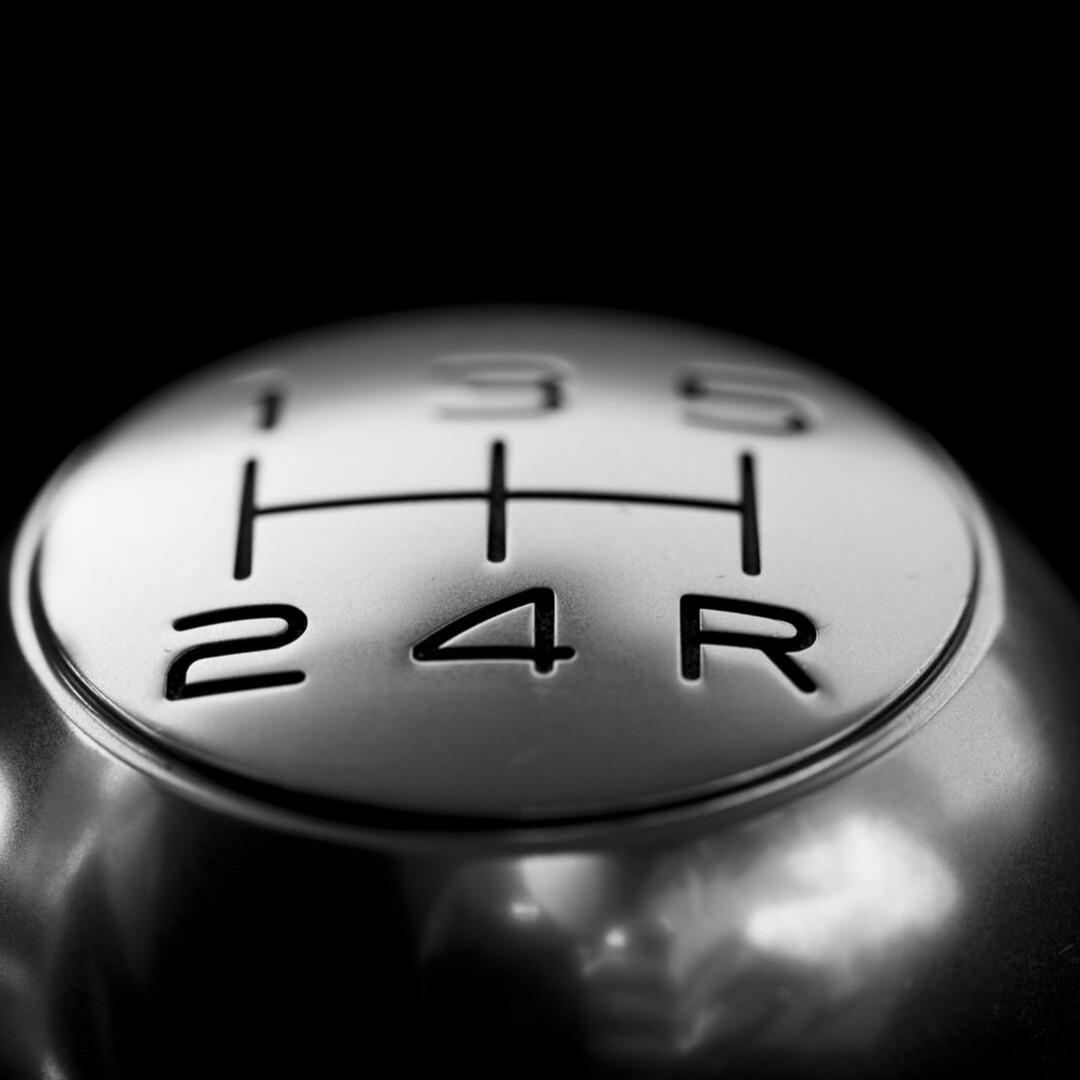In one of my favorite movies, My Big Fat Greek Wedding, the main character’s mother provides her daughter some valuable advice for their household: “The man is the head of the house, but the woman is the neck and she can turn the head whichever way she pleases.”
While thinking about performance and how we approach it, that quote popped in my mind. There are many different roles we can take as the performer: Terrified and caught in a fight or flight mode, the entertainer, the humble vessel, the salesman(woman), the dancer, the statue….. we have seen every type and more on stage. But what do they all have in common? An audience.
As musicians too often we take the secondary role to the audience in our performance, allowing them the most important member. And they are. Without them, you would not be performing a concert, you’d be practicing in a hall. However, you do not need to be controlled by them. Be the “Neck”! Turn their head in whichever way you please! But how?
I recently read an article b Dorie Clark, a professional speaker, on how to keep your audience engaged. “As a speaker, it is dispiriting when you feel you’re trying to convey important information and your audience has obviously lost interest.” (check out Dorie Clark’s full article here) She goes on to describe some strategies that I found really interesting as a musician.
“If you’ve been planted in one spot, in front of an audience, you can reengage the rest of the group by moving to the opposite side of the stage.”
Solo performance can be so static, piano and performer glued to the same spot the whole evening. But wouldn’t it be exciting if you programmed different pieces for different parts of the stage? Your unaccompanied piece could be way off on stage right, or you could stay in the center, but sit on the edge of the stage closer to the audience…. Or in the audience! Be creative and it will be more interesting for both you and your audience.
“Another strategy is to speed up – or slow down – the pace of your remarks”
Lucky for you, composers have already provided these directions… *most of the time*. And that is not to say that you couldn’t add some tempo pushes and pulls of your own as well. However, most importantly, make sure whatever you do tempo wise is effective. What seems like a tremendous push or pull of the tempo to you as the performer, could sound like nothing more than poor tempo control to the audience. Rehearse and record these tempo changes to make sure they actually communicate what you want to say!
“Lowering your voice or pausing.”
There is a lot of power in dynamics, and sometimes our quiet and calculated dynamics carry monumentally more weight than our loudest slam-bang finishes. Where are your breath’s? Where are your breaks? How will those slight breaks add or take away from your performance? What will you do in between movements of the piece, and how can you use your stage presence to continue navigating your audience’s experience?
“Is your material too dry?”
Does your audience even understand the music you are playing? This becomes especially true with new music that might utilize different tonality or technique than your audience is used to. Your job then is to create some sort of connection for your audience to relate whatever they are hearing to the familiar. It could be through a quick description of what is to come and what it means to you before you start playing. It could mean adding some light choreography to your performance – some light body movement or staging that reflects what is happening in the music and helps the audience relate to different sections of the work.
Whatever you choose to do, be creative and do it masterfully so your audience can relax and entrust you to lead the way. You may chip a note, make a mistake, or even momentarily crash, but as long as you maintain the role of Navigator, your audience will get the show of a lifetime.










